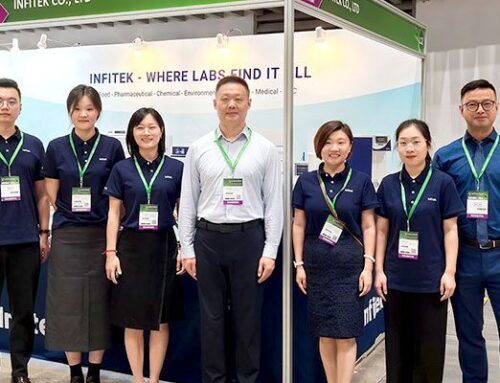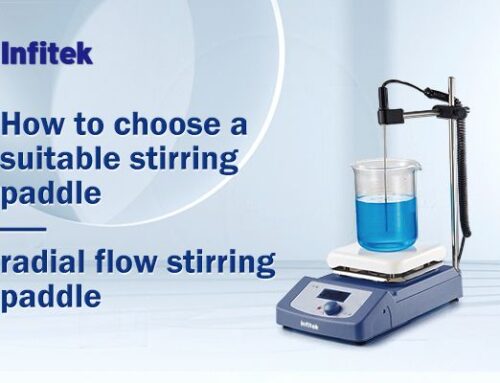A fume hood is typically a large piece of equipment enclosing five sides of a work area, the bottom of which is most commonly located at a standing work height.
Two main types exist, ducted and recirculating (ductless). The principle is the same for both types: air is drawn in from the front (open) side of the cabinet, and either expelled outside the building or made safe through filtration and fed back into the room. This is used to:
protect the user from inhaling toxic gases (fume hoods, biosafety cabinets, glove boxes)
protect the product or experiment (biosafety cabinets, glove boxes)
protect the environment (recirculating fume hoods, certain biosafety cabinets, and any other type when fitted with appropriate filters in the exhaust airstream)
Secondary functions of these devices may include explosion protection, spill containment, and other functions necessary to the work being done within the device.
Fume hoods are generally set back against the walls and are often fitted with infills above, to cover up the exhaust ductwork. Because of their recessed shape they are generally poorly illuminated by general room lighting, so many have internal lights with vapor-proof covers. The front is a sash window, usually in glass, able to move up and down on a counterbalance mechanism.
FMH series ductless fume hood is a kind of negative pressure ventilation system for protecting operator and laboratory, utilizes carbon filtration to protect laboratory personnel from toxic chemical fumes, odors, and particles. Known for its plug-and-play feature and mobility, ductless fume hood guarantees a hassle-free installation and no lab work interruption.

Safety Features:
Front sliding sash interlock with fan and UV lamp
UV sterilization with UV lamp timing function
Front sash and side windows are made of UV-resistant tempered glass
The host and sockets have independent capacitors to prevent current overload
Convenience Features:
Memory function in case of power-failure.
HEPA filter and UV life indicators facilitate a timely replacement plan
Two side glass windows installed for easy experiment observation
Easy-to-change pre-filter installed could extend the HEPA filter’s lifetime
Equipped with temperature sensor to show the real temperature during operation
Waterproof socket provide convenience for small instruments to be used in the operating area




Get Social